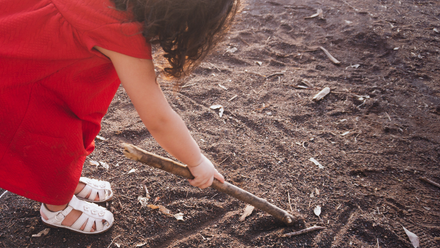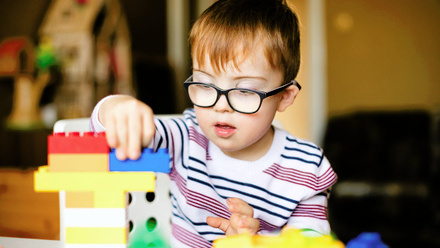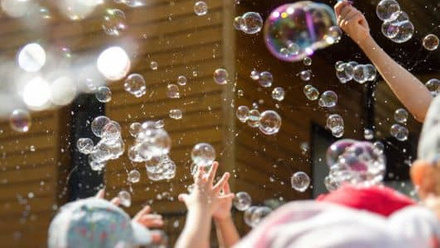Play theory: Maria Montessori
Who was Maria Montessori?
Maria Montessori (1870 – 1952) was the first female doctor in her home country of Italy and was particularly interested in supporting children with additional needs in their education and development. Her work was initially dedicated to children living in the poorest areas of Italy who had very little educational experiences., Through the establishment of several Casa dei Bambini (children’s centres) throughout the early 1900s, Montessori was able to provide educational opportunities to children who, due to their background, were socially considered uneducable.
What are the main values of the Montessori approach?
Environments that stimulate
The Montessori classroom is widely used in early education and care settings to foster curiosity, providing an open environment where children can learn and develop based on their own interests.Physical attributes such as low shelving, lots of space and natural spaces free from clutter and overwhelming colour, are part of an approach that aims to allow children to take the lead on their learning. Adults in the room become facilitators rather than the instructors, allowing children a greater sense of self within their learning zone.
Independence and freedom to choose
Montessori actively encouraged independence from a young age, allowing accessible physical areas and thoughtful communication to encourage children to make their own choices and follow their own desires. But the approach also creates safe boundaries for children to have “freedom within limits”, recognising the unique nature of childhood as a time to grow but also the security of intervention if needed. These boundaries are forged with the children, rather than imposed upon them, further creating a sense of belonging and choice. The environment is prepared for learning but allows, indeed encourages, children to explore for themselves and create their own learning – another way in which children are able to create their own sense of self within a contained environment.
Repetition, repetition, repetition…
The Montessori approach also highlights the significance of repetition and its role in the consolidation of learning. These repeated tasks must be child-initiated and of deep interest, rather than something that is forced upon them to learn a specific rule or task. Montessori proposed a three-step process for introducing new concepts to children and ensuring their full comprehension of new vocabulary:
- Naming: highlighting the concept without any other information, such as labelling “this is blue”
- Recognising: creating an opportunity for the child to identify the object or concept that has been named, such as asking “show me the blue crayon”
- Recalling: asking a child to independently identify the concept or object, asking an open question like “what is this?” to gain an independent answer based on the learning that has taken place.
Ways to implement Montessori approaches into practice
Observing is key
Observations play a huge part in the Montessori approach because they rely on an advance knowledge of the child’s interests and needs, in order to create an environment where children are at the heart of everything that happens. Take particular interest in the smaller details of the day to try to build patterns of interest and behaviour that can be used to respond to their unique needs
Real life approach
Montessori strongly advocated for an approach that allowed children to recognise the real-life application of their learning and play. This has sometimes been considered as disapproving children of fantasising and using imaginative discourses but can also be seen as an approach that explains reasoning to children, such as why eating vegetables, brushing our teeth, or running around is good for us. Applying real life explanations to the things we do, or ask children to do, can be helpful to create a sense of reasoning for their cooperation and a sense of partnership within the wider setting.
Conclusion
The Montessori approach is infamous for its influence upon curriculums across the world, including our EYFS, CfW and CfE in the UK. Whilst Montessori schools exclusively follow an ethos directed by the theories and philosophy of Maria Montessori, we can see the impact of her lifelong work throughout our early education today.






